The best satellite phones and communicators
Send texts, make calls and access the web, even in remote areas, with the best satellite phones and communicators
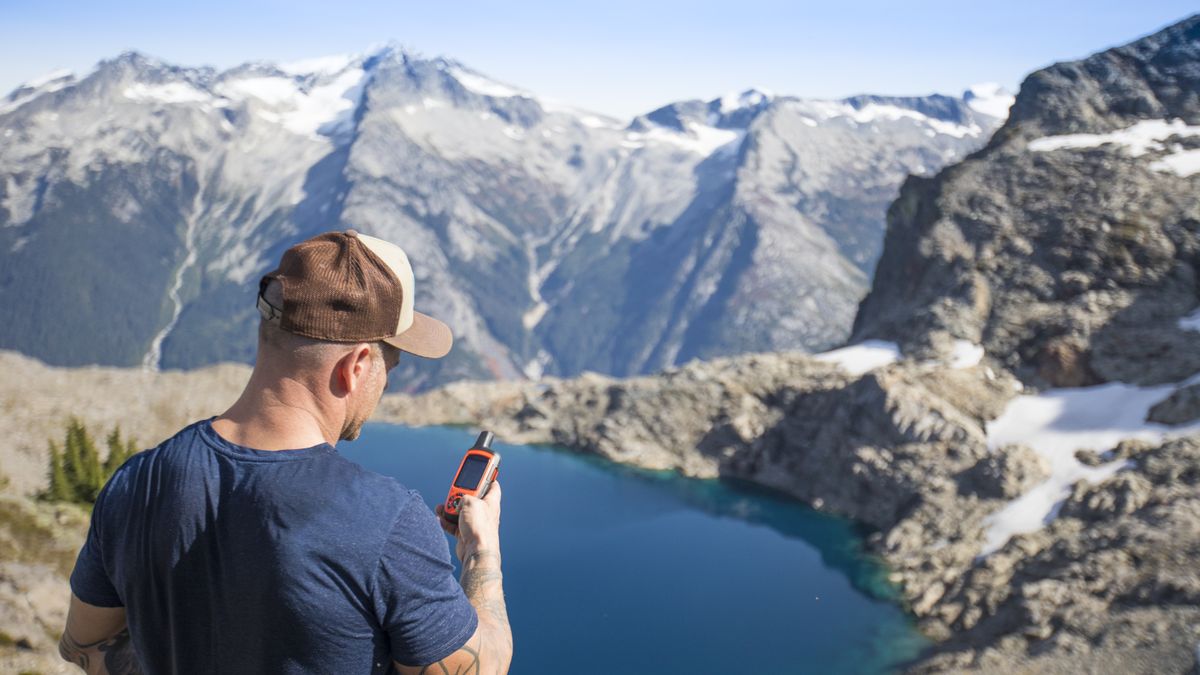
The best satellite phones can be a literal life-saver if you're away from normal mobile networks. Even in the most remote corners of the globe, they can offer a lifeline to anyone venturing off the grid, whether you're travelling for adventure, work, or emergency situations. But with a wide range of devices on the market, choosing the right one can be daunting.
That's why we've put our experts to work to compile this guide to the best satellite phones. To help you find the right model for your specific needs, we'll delve into factors like battery life, durability, ease of use, and additional features to help you make an informed decision.
If you can't afford a satellite phone, consider a satellite communicator. These smaller devices offer text and/or data services, so you can still check in with loved ones, or get help in an emergency. And they often also link to your standard mobile if you need to speak to someone.
The Quick List
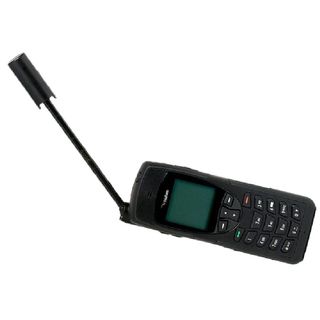
The Iridium 9555 looks a bit like a bulky version of a 90s cellphone, but it actually extends over 12cm and can be angled to pick up a satellite signal without craning your neck.
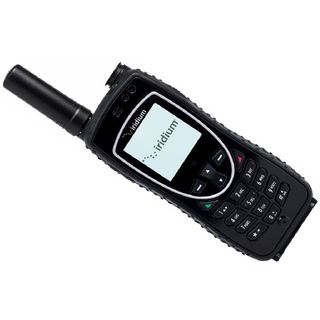
With the 810F standard for water jet and dust protection, combined with the 99% global coverage, this is the best satellite phone for for travelers heading into rough environments.
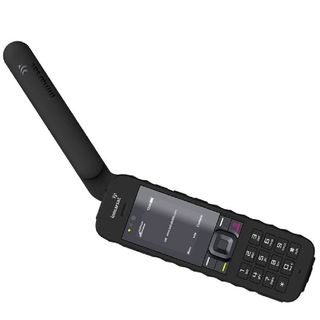
The IsatPhone 2 is the only handset easily found on the Inmarsat network and with its sturdy build and fold-out antenna is ideal for remote travelers and if you're going sailing.
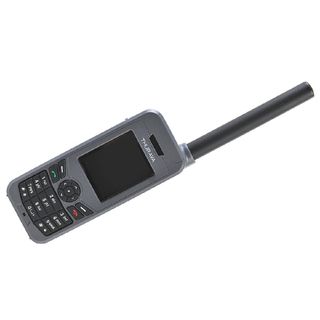
This cheap option comes with standard phone features and an omnidirectional antenna which can even detect an incoming call before being extended.
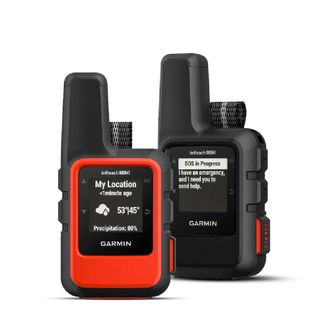
The inReach Mini 2 isn’t a traditional sat-phone but allows your existing cellphone to access satellite coverage to send messages from anywhere. Great for hikers, bikers, and other explorers.
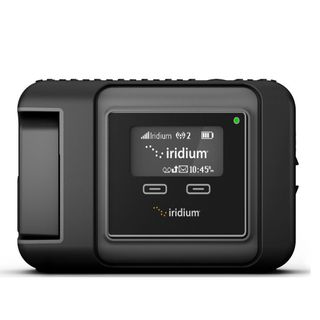
The Iridium Go! allows you to send and receive data anywhere on the surface of the planet. It does this via apps that let you use your phone to make a satellite call.
Best satellite phones in 2025
Why you can trust Digital Camera World
Best for backpackers
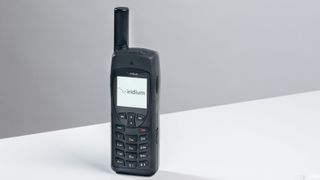
1. Iridium 9555
Specifications
Reasons to buy
Reasons to avoid
If you're heading off for a wilderness hike, here's our top recommendation. The Iridium 9555 looks a bit like a bulky version of a typical 90s cellphone with a stubby antenna, but it actually extends over 12cm and can be angled to pick up a satellite signal without craning your neck.
The case design and button layout seem to owe something to the Nokia 2110 and other phones of that era too, with a central menu up/down key flanked by two action buttons and call keys beneath that. That makes this handset very easy to cope with, even with gloved hands in cold conditions.
The phone includes short email capability and the ability to receive as well as send SMS and, usefully for those inclined to travel in one country, the option to program in a preferred international dialing code. This handset also makes a lot of sense if you’re driving or working in remote locations, whatever the latitude, and able to keep the phone charged; campers will need to charge daily.
Best for rough environments
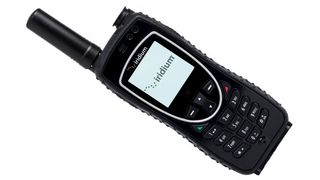
2. Iridium Extreme 9575
Specifications
Reasons to buy
Reasons to avoid
The Iridium 9575 Extreme is similar to the Iridium 9555, number one on our list, but with fully certified durability standard compliance for water jet and dust protection meeting military standards (810F).
That, combined with the 99% global coverage, makes this the best satellite phone for for travelers heading into rough environments, or off the beaten track. The integrated tracking can also help with business operation or automatically reassuring relatives.
This is still a relatively bare-bones device with a distinctly average battery life; 160 character texts feel a little retro in the 2020s, but get the job done. And perhaps more significant is the inclusion of a programmable emergency button, which is backed by the GEOS international emergency response centre, or SEND (Satellite Emergency Notification). If you lift the cap and press the button, critical rapid response will be activated and take advantage of the phone’s location data. This means we'd also call this the best satellite phone for emergencies.
Best for sailing
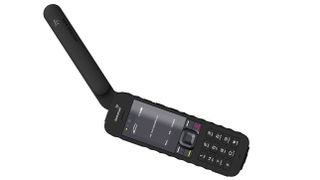
3. Inmarsat IsatPhone 2
Specifications
Reasons to buy
Reasons to avoid
The IsatPhone 2 is the only handset easily found on the Inmarsat network and with its sturdy build and fold-out antenna is ideal for remote travelers. It is especially well suited to sailing.
On the downside, hikers and mountaineers nearer the north and south might have reasonable concerns that, in valleys, finding a signal might be an issue. Outdoorsmen sticking near the Equator, though (Florida, for example) will have nothing to worry about. Wherever you are, you'll appreciate the configurable emergency button, impossible to press by accident thanks to a flap.
The phone’s menus won't impress the smartphone generation, but there is a straightforward contacts database (you'll need to remember the country code). You can also send 160-character text messages. After composing your message and hitting send, you do need to remember to keep holding the antenna toward the sky, but thankfully it can be easily repositioned. You can also send a text/email/tweet with your GPS location, and if a signal isn’t immediately found, a built-in compass is activated.
Best cheap sat phone
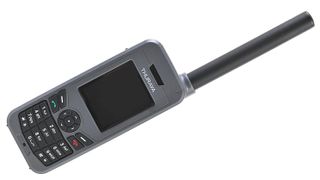
4. Thuraya XT-LITE
Specifications
Reasons to buy
Reasons to avoid
If you're short on funds, check out the XT-Lite. This a simple device with standard phone features (address book, alarms, calculator, call logs) and an omni-directional antenna which can even detect an incoming call before being extended. It's also capable of traditional SMS messaging. The handset is relatively compact compared to others on this list, and Thuraya also offer the option of a number based in your preferred country, making it cheaper for people to call you.v
As with the X5-Touch above, this phone is based on the limited Thuraya network, which operates from just two geosynchronous satellites combining to cover roughly from the west of Africa to the east of Australia, including Asia. That’s 161 countries, but very disappointing to Americans (the next launch, in 2023, will replace the west-most of these rather than expand the network).
Best satellite communicators
Best for hikers and bikers
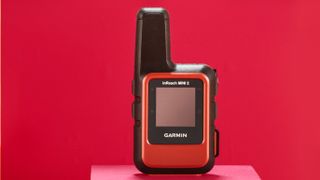
5. Garmin inReach Mini 2
Specifications
Reasons to buy
Reasons to avoid
Created with the explorer in mind, the inReach Mini isn’t a traditional sat-phone but allows your existing cellphone to access satellite coverage to send messages from anywhere. The four buttons make texting tiresome, though there are preset messages and – more usefully – Bluetooth connection to Garmin’s ‘Earthmate’ app.
Since few hikers leave their phones behind, adding the smallest possible device to your straps is handy. You don’t need to text constantly either; your chosen friends and family can log in and follow you on a map to check things are okay without interrupting your adventure. Typical standby time, with tracking every 10 minutes, is 90 hours, which can rise to days with less frequent tracking options set. The newer Mini 2, extends the battery life of the original inReach Min (which you can still find on sale), and now uses USB-C charging.
In an emergency, there's an SOS button that will communicate with the 24/7 GEOS centre (phone or not), which all adds up to a phenomenally useful (and reassuring) device for mountain bikers, hikers, or anyone else wanting to feel more confident they’re connected to the world, without the expense of bulk of a full-blow satphone.
See also Best handheld GPS
Best internet communicator
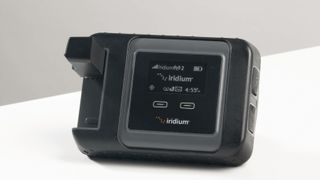
6. Iridium Go!
Specifications
Reasons to buy
Reasons to avoid
The Iridium Go! promises the ability to send and receive data from anywhere on the surface of the planet using your preferred smartphone or tablet, but you need to understand the small print. The big problem is that the data bandwidth of the network simply isn’t suited to the kind of thing you’re used to doing with your phone on typical phone network.
Given these limitations, the Go! actually pulls quite a few tricks out of the bag. It does this via apps which allows you to use your phone to make a satellite call. A range of other phone features look a little like a smartphone – texting, tracking, weather update and other icons are there on the main page. There is a separate email app which you’ll need to set up a specific account for the email. While not ideal, this will prevent wasting bandwidth on spam.
The software is polished, and the system overcomes technical hurdles and simplifies them at the same time, though even with the Opera browser’s compression web browsing is not feasible.
Best location check-in device
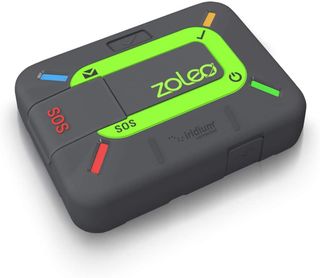
7. Zoleo Satellite Communicator
Specifications
Reasons to buy
Reasons to avoid
While the Garmin inReach Mini is an excellent portable device, ideal for anyone in the outdoors to have an emergency link back to reality, there is another option which makes use of the same Iridium network: the Zoleo Communicator. This offers what, for many, will be the same key function: texting via Bluetooth and an app.
In fact it makes an exceptional job of it. If you can get your recipient to use the Zoleo app too you can send much longer texts than standard sat phones. Plus the Zoleo can switch to cellular to save power if possible
The Zoleo has its own GPS, and four LEDs, which is the only means of knowing what’s going on inside, though it is great to have a “check-in” button which, when pressed, simply texts your location to a defined number.
There's also a SOS button with 24/7 monitoring, meaning the paired down device has all the essentials and nothing more which makes sense for a budget-conscious backpacker or back-country explorer.
Best rugged alternative
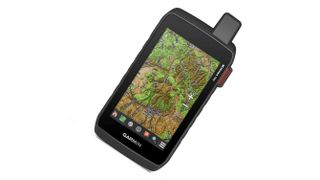
8. Garmin Montana 700i / 750i
Specifications
Reasons to buy
Reasons to avoid
This is a chunky device, the size of a very fat version of the largest of mobile phones, but that means it can actually be held one handed and used much as you might for Google Maps in the town. Maps can be prepared in advance by downloading 15km square satellite images from Birds Eye, and followed along with GPS and the 3-axis compass. The touch screen has a glove mode, so it can be used in most temperatures, meaning the Montana 700i and 750i are essentially amazing maps combined with inReach services like messaging and weather (the 750i bringing an 8 megapixel the camera into the equation too).
The large touchscreen also gives you a more phone-like keyboard than T9 arrangements on many satelli phones. As Garmin fans would expect, the back features an assortment of mounting brackets, for example for bikers, and the many apps can track your journeys.
How to choose the best satellite phones
When choosing the best satellite phone, consider coverage area, battery life, durability, and additional features. Prioritize phones with global coverage and long-lasting battery life for remote adventures. Ruggedized designs with water and shock resistance are ideal for harsh environments. Also evaluate features like GPS, messaging capabilities, and Wi-Fi hotspots based on your needs.
FAQs
Do I need a subscription to use a satellite phone?
Once you've bought a satellite phone, you can usually add monthly plans or use pre-paid cards to pay for calls. For the latter, just search Amazon for a prepaid card with a SIM for your satellite network and destination, or buy one in a bundle. And when you’re calling, don’t forget the international dialing code.
How do satellite phones work?
Satellite technology is ideal for calling and texting from remote locations, including oceans. But you’ll always need to be outside, and give your antenna the best view of the sky you can, to ensure you get a signal. Be aware that satellite technology suffers some latency (delay) since your signals have a long way to travel, but you’ll never be out of touch.
So what satellites can you actually use to make calls? Inmarsat, the first network originally designed for mariners, covers most of the planet with a handful of geosynchronous satellites. These orbit the equator, never moving relative to the ground, but as you go north and south they get nearer the horizon; in hilly terrain you might not ‘see’ the satellite at all.
The alternative is Low Earth Orbit, in which the satellites move relative to the Earth’s surface, spending only a few minutes useable in any one place. The biggest of these is Iridium, with 66 satellites in total.
What are the benefits of using a satellite phone?
Satellite phones can allow you to make calls, send texts, and access the web in areas where there are no cell towers or other earth-bound forms of communication infrastructure. This makes them useful in remote or rural areas, out at sea, or when normal cell phone services are disrupted by natural disasters, war or other emergencies. For this reason, satellite phones are popular amongst hikers, climbers, sailors and globe-trotting reporters.
What are the downsides to using a satellite phone?
Satellite phones are often more expensive to operate than regular cell phones, plus they tend to be larger and bulkier. Additionally, satellite phones are unlikely to work indoors, they may not always provide good coverage in remote or rural areas, and they can be affected by weather conditions such as clouds or heavy rain, as well as geological obstacles such as mountains and large trees.
How can I get a good connection with a satellite phone?
To get a good signal for your satellite phone, position it with clear view of the sky, avoid buildings, trees, or any other objects that could block it. Holding your satellite phone in a horizontal position, with the antenna pointed upward, helps to maximize signal strength and improve the connection. It may take a few minutes for your phone to acquire a signal, depending on your location and the conditions, so you may need to be patient.
Does the iPhone work as a satellite phone?
If you're in the market for a new smartphone generally, you may have heard that the iPhone 14, iPhone 15 and iPhone 16 series have a limited capability to make SOS calls via the satellite network, when you're not able to access normal phone coverage. This service is free for two years after the activation of your phone. It's only available in the US and Canada.
However, we are talking very limited here. Because these iPhones don't feature the kind of bulky antennas you get on a normal sat phone, you need to point them directly at the satellite, using a special orientation app. Plus, the bandwidth is so low that you can only send text messages, and even that is likely to be a challenge.
Because of this, Apple has devised an interface for emergency services with a series of prepared prompts, such as 'Who needs help?', 'Is anyone injured?', 'What type of emergency is it?' Even then, it may take a message minutes to send. For these reasons we don't consider the iPhones 14-16 to be full satellite communicators, and so haven't included them in our main list.
How we test the best satellite phones
To test the best satellite phones, we evaluate their performance in various real-world scenarios. We assess signal strength and call quality in remote areas with obstructed views, and test battery life through continuous usage simulations. We also look at durabilityby subjecting the phones to different temperatures, drops, and water immersion, and scrutinize ease of use and menu navigation under demanding conditions.
Get the Digital Camera World Newsletter
The best camera deals, reviews, product advice, and unmissable photography news, direct to your inbox!

With over 20 years of expertise as a tech journalist, Adam brings a wealth of knowledge across a vast number of product categories, including timelapse cameras, home security cameras, NVR cameras, photography books, webcams, 3D printers and 3D scanners, borescopes, radar detectors… and, above all, drones.
Adam is our resident expert on all aspects of camera drones and drone photography, from buying guides on the best choices for aerial photographers of all ability levels to the latest rules and regulations on piloting drones.
He is the author of a number of books including The Complete Guide to Drones, The Smart Smart Home Handbook, 101 Tips for DSLR Video and The Drone Pilot's Handbook.